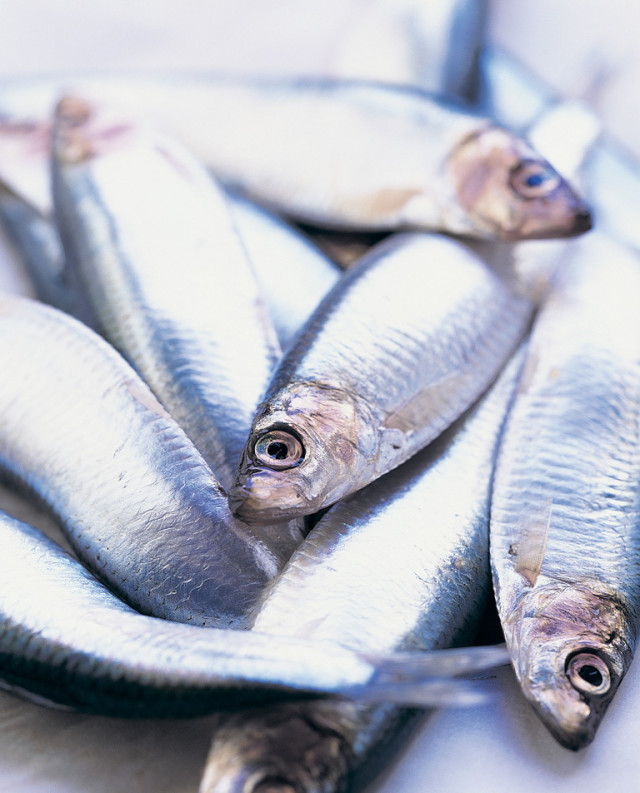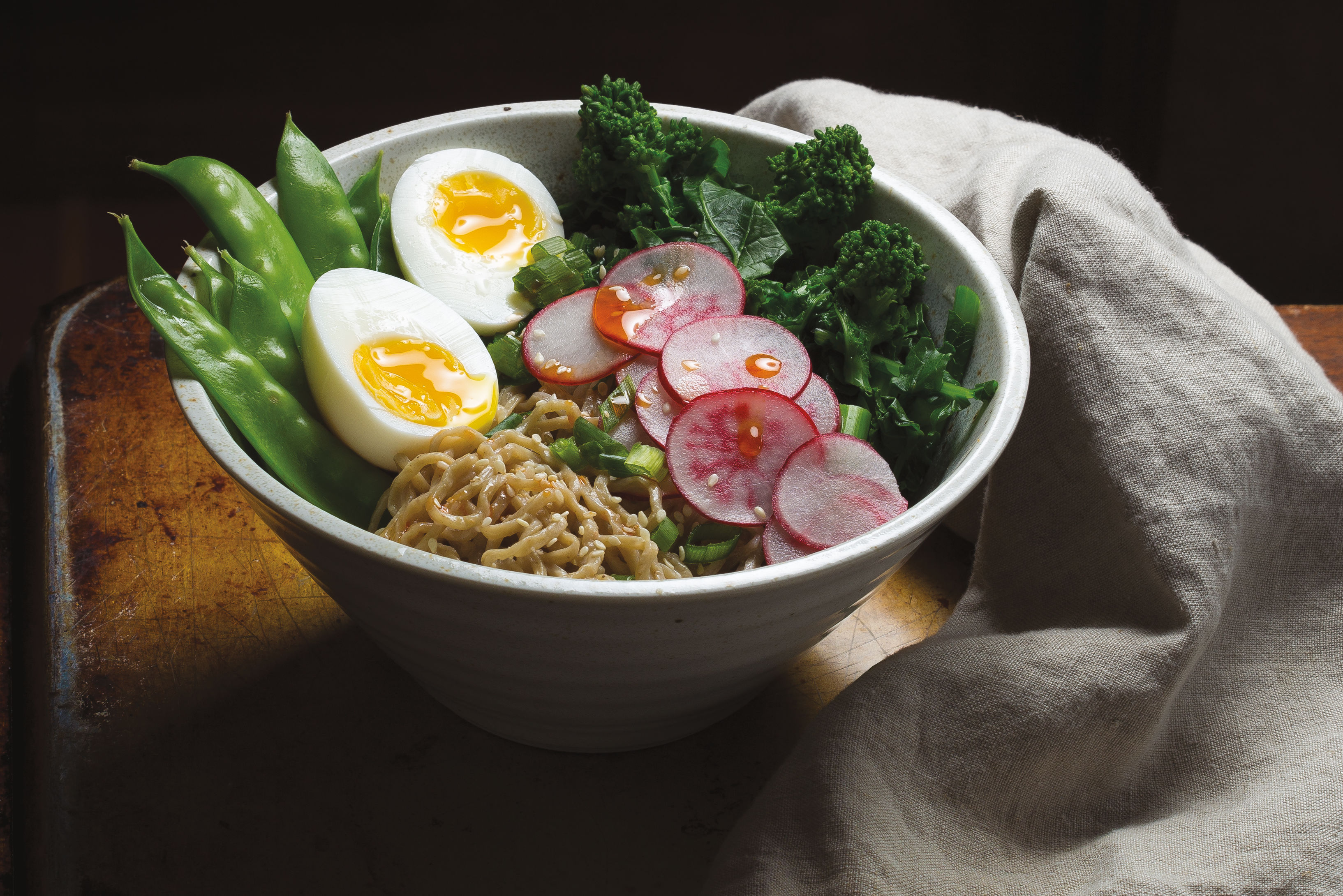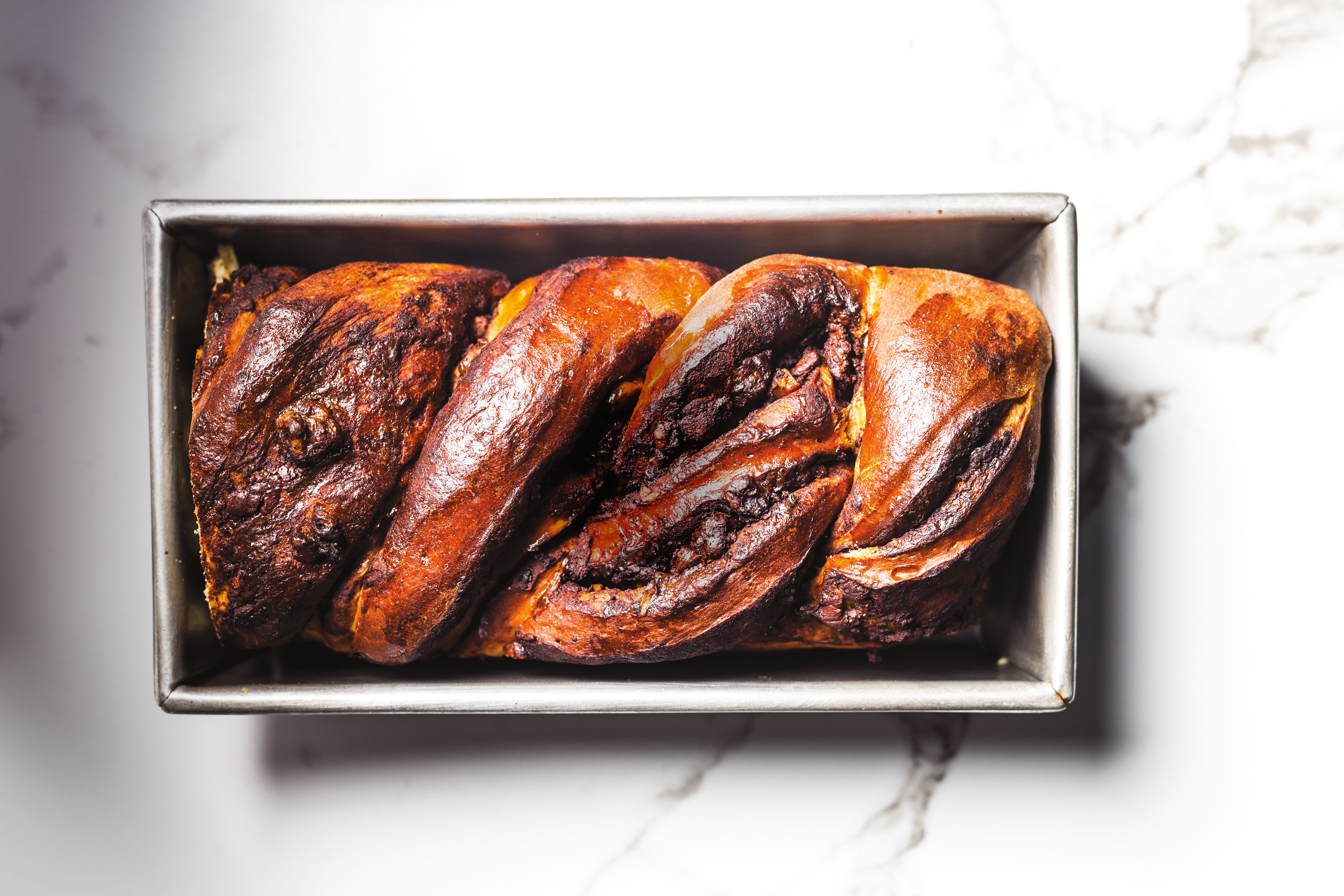Fishing Whole

Image: Veer
THEIR AGGRESSIVE AROMA will send children running and has forced grown-ups to back away from Caesar salads and whole pizzas. But who can blame anyone for avoiding a fish that looks like a centipede and is salty enough to dry out your eyeballs? The truth is, anchovies are an acquired taste many of us have no interest in acquiring.
"But you’re talking about the ones in a can," says David Padberg, chef de cuisine at Park Kitchen, explaining that because anchovies are such oily fish, they’re often preserved with a lot of salt. "So here’s what you do," he says. "Rinse them off!"
Either that, or start with whole fresh or frozen anchovies, as Padberg does.
"What I love about anchovies is they can be a garnish or the main focus of a dish," says Padberg, who offered whole, house-cured anchovies with shaved fennel and kumquats on a recent Park Kitchen menu. Rich, sweet and so tender they fell apart on the tongue, they bore no relationship to their tinned cousins.
Caught in warm waters from southern California to Southeast Asia, fresh or frozen whole anchovies are available year-round. But our shyness around these blue-green beauties has, to some extent, kept them commercially elusive; locally they make an occasional appearance at gourmet food hubs such as Whole Foods and City Market, but don’t expect to find them at your neighborhood Safeway. Luckily, they’re regularly sold at Asian grocery stores such as Fubonn Supermarket on SE 82nd Ave.
And yet, the popularity of anchovies in Mediterranean and Asian cuisines, both of which are common in Portland, combined with the fish’s recent emergence on local menus, says Padberg, means we’re warming to anchovies’ bold flavors.
"One thing I like about anchovies is that they’re high in glutamate [a naturally occurring amino acid], what the Japanese call umami," says Padberg, referring to intensely savory foods that appeal to our "fifth taste," such as ripe tomatoes and aged cheeses. "We’re programmed to enjoy glutamate; the sensors go to our brains and say, ‘Eat this.’ Our bodies like it."
So, far from being terrifying, anchovies are actually sexy?
"They are," Padberg proclaims, adding that they’re also easy to prepare at home. "The American audience responds to grilling," he says. "And a lot of people in Portland have grapevines. Lay the grape leaves on the grill, lay the anchovies on top and then flip them, throw them on a platter and they’re ready to play."

House-Cured Anchovies
Recipe Courtesy David Padberg
A fresh anchovy should be “four to eight inches long, with blue-green scales, silvery sides and no breaks in the skin,” says Park Kitchen’s David Padberg. “You want bright eyes, and a fish that looks straight and stiff, not flaccid.” Fubonn Supermarket sells them whole, or skinned and gutted.
Serves 8
INGREDIENTS
- 1 lb anchovies, fresh or frozen
- 1 cup dry sherry
- 1 cup sherry vinegar
- 1 cup olive oil
- 2 cloves garlic, crushed
- 2 sprigs each rosemary and thyme
- 1 fennel bulb, white part thinly shaved
- 10 niçoise olives
- 1 lemon, thinly sliced
- Salt to taste
- If the anchovies are frozen, run them under cold water until thawed.
- Remove all the scales by rinsing fish under cool running water and rubbing them with your fingers, or use the blunt side of a small knife and flake the scales off, going from tail to head.
- To gut the fish, hold the meatiest part with your thumb and forefinger. With your other hand, pinch just behind the head and gills until you clench the spine, then gently pull down to remove the head, spine, inner sac and tail in one piece. Rinse fillets again and pat dry.
- Spread fillets in a shallow dish and sprinkle lightly with salt. Cover with sherry and sherry vinegar and refrigerate for one hour, or until they turn opaque.
- Drain off the liquid and cover fillets with olive oil, top with garlic and herbs, and refrigerate again for a few hours.
- Serve these as is with shaved fennel, olives and lemon slices (in winter, when kumquats are in season, you may substitute kumquat slices for the lemon), and plain crackers if you like.




